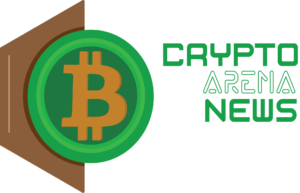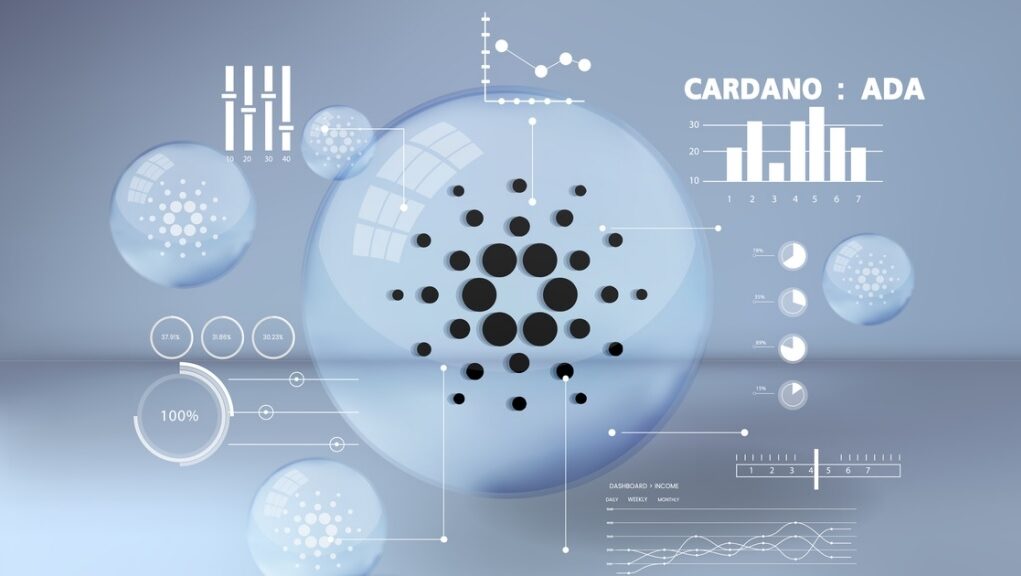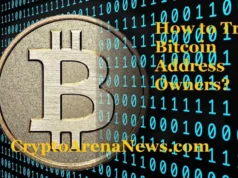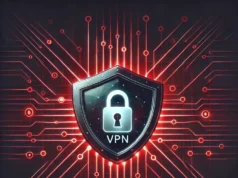In recent years, Non-Fungible Tokens (NFTs) have taken the world by storm, revolutionizing how we perceive and value digital assets. NFTs are unique and indivisible digital tokens representing ownership of a specific investment or piece of content, such as artwork, music, or video. As the demand for NFTs grows, many blockchain-based platforms have emerged to enable the creation, trading, and selling of these digital assets. One such platform is Cardano, which distinguishes itself from other blockchain-based NFT platforms in several ways.
NFTs and Blockchain Technology
In This Article, We Will Explore The Unique Features And Advantages Of Cardano NFT Marketplaces And How They Differ From Other Blockchain-Based NFT Platforms:
Understanding NFTs and Blockchain Technology
NFTs (Non-Fungible Tokens) are digital tokens representing ownership of a unique and indivisible asset, such as artwork, music, or video. Unlike cryptocurrencies such as Bitcoin or Ethereum, which are fungible and interchangeable, each NFT is one-of-a-kind and cannot be replicated or divided into smaller parts.
Blockchain technology, a distributed ledger system that enables safe, open, and unchangeable transactions, is the foundation for NFTs. Blockchains are digital ledgers that record all transactions decentralized and transparently. This means that every participant in the network has access to the same ledger, and all transactions are verified and validated by the network participants using complex algorithms.
Blockchain technology ensures the integrity of NFTs by providing an immutable record of ownership that cannot be altered or duplicated. Each NFT is associated with a unique digital signature, or hash, that verifies its authenticity and ownership. This makes NFTs a valuable tool for artists, musicians, and creators who want to monetize their digital assets and protect their intellectual property rights.
The Rise of NFTs and NFT Marketplaces:
The rise of NFTs has been fueled by a combination of factors, including the growing popularity of blockchain technology, the rise of digital art and media, and the increasing demand for unique and exclusive digital assets.
NFT marketplaces have emerged as a way for creators and collectors to buy, sell, and trade NFTs securely and transparently. These marketplaces provide artists, musicians, and creators a platform to showcase their work and monetize their digital assets while also providing a new investment opportunity for collectors.
The first central NFT marketplace, OpenSea, launched in 2017 on the Ethereum blockchain. Since then, numerous other marketplaces have emerged, including Rarible, SuperRare, and Nifty Gateway. However, many of these marketplaces have faced high gas fees, slow transaction times, and limited scalability, leading to new NFT marketplaces on other blockchain networks such as Cardano.
Cardano NFT marketplaces offer unique advantages over blockchain-based NFT platforms, including improved energy efficiency, faster transaction times, and a more user-friendly experience. As a result, Cardano NFT marketplaces are becoming increasingly popular among artists, musicians, and collectors looking for a more sustainable and efficient platform to buy, sell, and trade NFTs.
How Do Cardano NFT Marketplaces Differ From Other Blockchain-Based NFT Platforms?
The Best Cardano NFT Marketplaces Differ From Other Blockchain-Based NFT Platforms In Several Key Ways, Including:
Consensus Mechanism:
Cardano uses a unique proof-of-stake consensus mechanism, which is more energy-efficient and environmentally friendly than the proof-of-work consensus mechanism used by other blockchain platforms such as Ethereum.
Energy Efficiency:
Cardano’s proof-of-stake consensus mechanism requires significantly less energy than the proof-of-work consensus mechanism used by Ethereum, making it a more sustainable and environmentally friendly platform for NFT trading.
Interoperability:
Cardano is designed to be interoperable with other blockchains, allowing seamless cross-chain transactions and greater flexibility in NFT trading.
Smart Contract Language:
Cardano uses a unique, innovative contract language called Plutus, designed to be more secure and efficient than the Solidity language used by Ethereum.
Transaction Speed:
Cardano’s architecture supports high transaction throughput and low latency, translating to faster transaction times and a better user experience.
User Experience:
Cardano NFT marketplaces are designed to be user-friendly and accessible, focusing on providing a seamless and intuitive platform for NFT trading.
Overall, the best Cardano NFT marketplaces offer unique advantages over other blockchain-based NFT platforms, including improved energy efficiency, faster transaction times, and a more user-friendly experience. These factors make Cardano NFT marketplaces an attractive option for artists, musicians, and collectors looking for a more sustainable and efficient platform for NFT trading.
Examples Of Other Blockchain-Based NFT Platforms And Their Differences From Cardano:
Here Are Some Examples Of Other Blockchain-Based NFT Platforms And Their Differences From Cardano:
Ethereum:
Ethereum is one of the most popular blockchain-based NFT platforms and was the first to introduce intelligent contract technology, which allows for the creation and execution of self-executing contracts. Ethereum uses a proof-of-work consensus mechanism, which requires significant energy consumption and can lead to high transaction fees and slow transaction times. In contrast, Cardano uses a proof-of-stake consensus mechanism, which is more energy-efficient and has faster transaction times.
Binance Smart Chain (BSC):
Binance Smart Chain is a blockchain platform built by the cryptocurrency exchange Binance. BSC uses a proof-of-staked-authority consensus mechanism, which combines elements of proof-of-stake and proof-of-authority. BSC is compatible with the Ethereum Virtual Machine (EVM), which allows for easy migration of Ethereum-based projects to BSC. However, BSC has been criticized for being too centralized and lacking transparency compared to other blockchain platforms, including Cardano.
Solana:
Solana is a high-performance blockchain platform that supports fast, low-cost, and scalable transactions. Solana uses a proof-of-stake consensus mechanism and can process over 65,000 transactions per second. Solana has gained popularity as a platform for NFT trading due to its fast transaction speeds and low transaction fees. However, Solana has faced challenges with network congestion and high gas fees during periods of high demand.
While each blockchain-based NFT platform offers unique advantages and disadvantages, Cardano’s focus on energy efficiency, interoperability, and user experience sets it apart from other platforms. This makes it an attractive option for NFT trading.
Future Of Cardano NFT Marketplaces And Blockchain-Based NFT Platforms Using The Keyword- NFT Marketplace Development:
The future of Cardano NFT marketplaces and blockchain-based NFT platforms is promising as the demand for NFTs continues to grow and new developments in blockchain technology improve the efficiency and functionality of NFT marketplaces.
NFT marketplace development on Cardano is expected to continue, with the launch of new marketplaces and the expansion of existing ones. As Cardano continues gaining popularity among artists, musicians, and collectors, the demand for NFT marketplaces on the platform will likely increase.
In addition, the development of new blockchain-based NFT platforms is also expected to continue, focusing on improving energy efficiency, scalability, and user experience. As the technology behind blockchain continues to evolve and mature, new platforms will likely emerge with unique features and capabilities.
The future of NFT marketplaces and blockchain-based NFT platforms also depends on the regulatory environment as governments worldwide begin to develop frameworks for digital assets and NFT trading. While regulation can provide greater legitimacy and security for NFT trading, it can also impose restrictions and limitations on the industry.
Overall, the future of Cardano NFT marketplaces and blockchain-based NFT platforms looks bright as the demand for NFTs continues to grow and new developments in blockchain technology improve the efficiency and functionality of NFT marketplaces.
Conclusion: Why Cardano NFT Marketplaces Are Unique And Promising
Cardano NFT marketplaces are unique and promising for several reasons. First, Cardano’s proof-of-stake consensus mechanism is more energy-efficient and environmentally friendly than the proof-of-work consensus mechanism used by other blockchain platforms, making it a more sustainable and efficient platform for NFT trading.
Second, Cardano is designed to be interoperable with other blockchains, allowing for seamless cross-chain transactions and greater flexibility in NFT trading. This interoperability also enables Cardano to offer unique features and capabilities unavailable on blockchain platforms.
Third, Cardano’s smart contract language, Plutus, is designed to be more secure and efficient than the Solidity language used by Ethereum. This can provide greater security and stability for NFT marketplaces built on the Cardano platform.
Finally, Cardano’s focus on user experience and accessibility make it an attractive option for artists, musicians, and collectors looking for a more intuitive and user-friendly platform for NFT trading.
Overall, these unique features and capabilities make Cardano NFT marketplaces a promising option for the future of NFT trading, as the demand for NFTs continues to grow and new developments in blockchain technology improve the efficiency and functionality of NFT marketplaces.
















